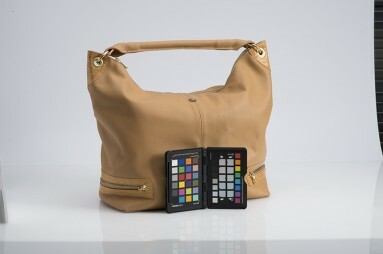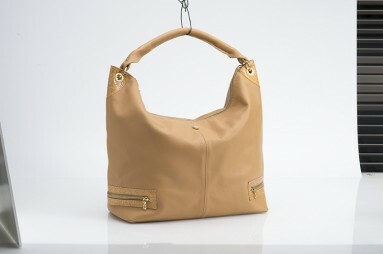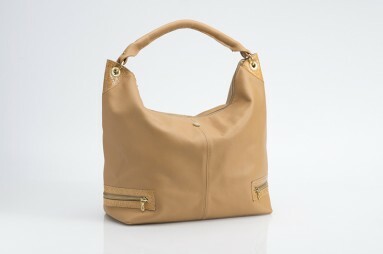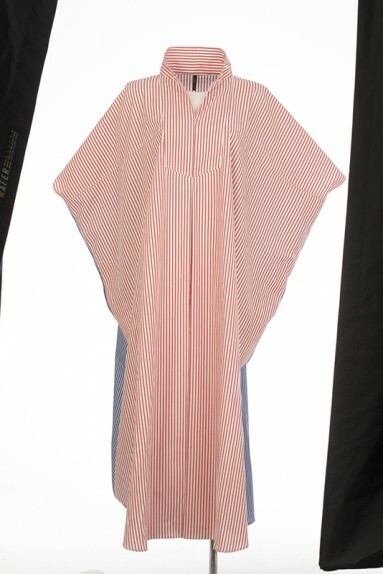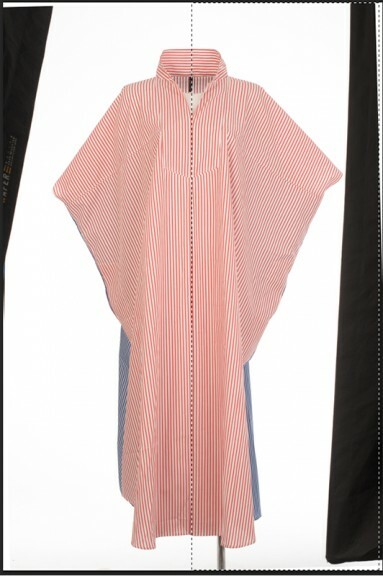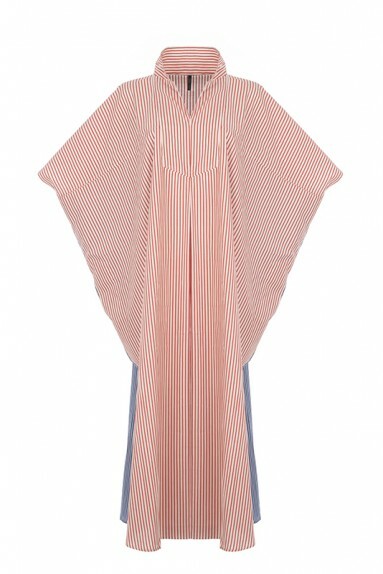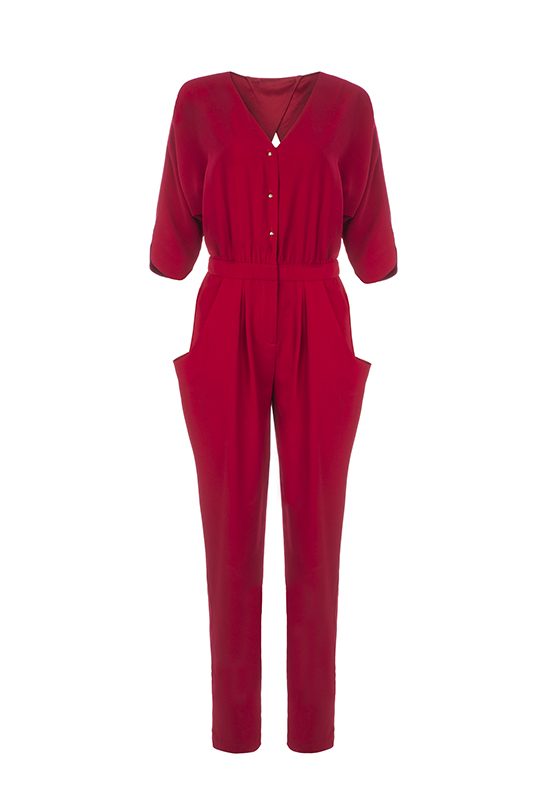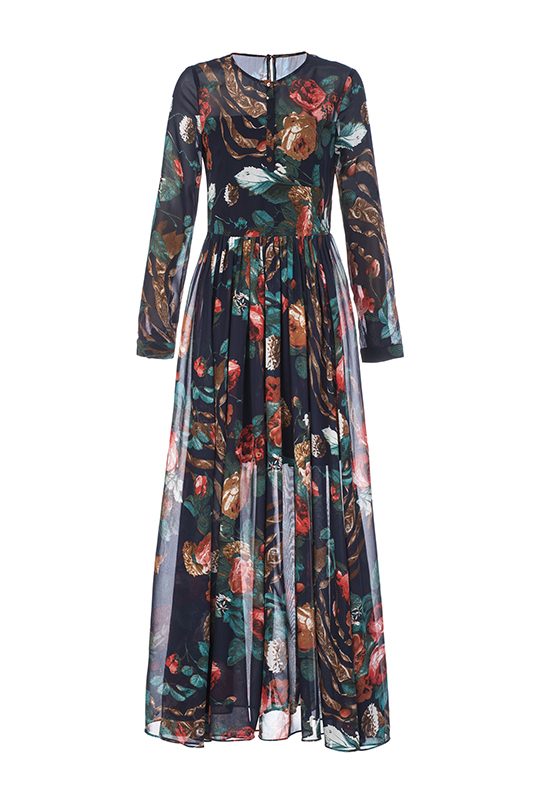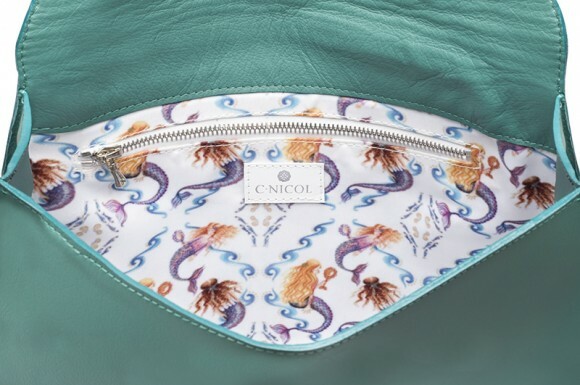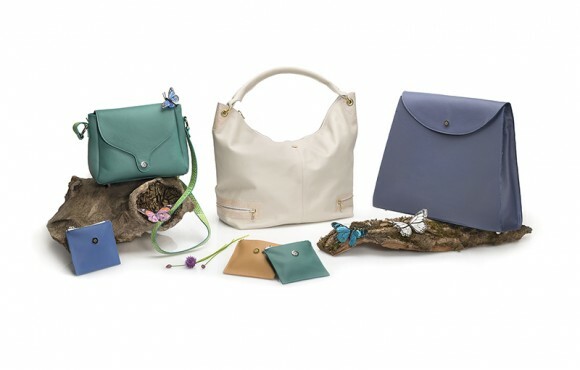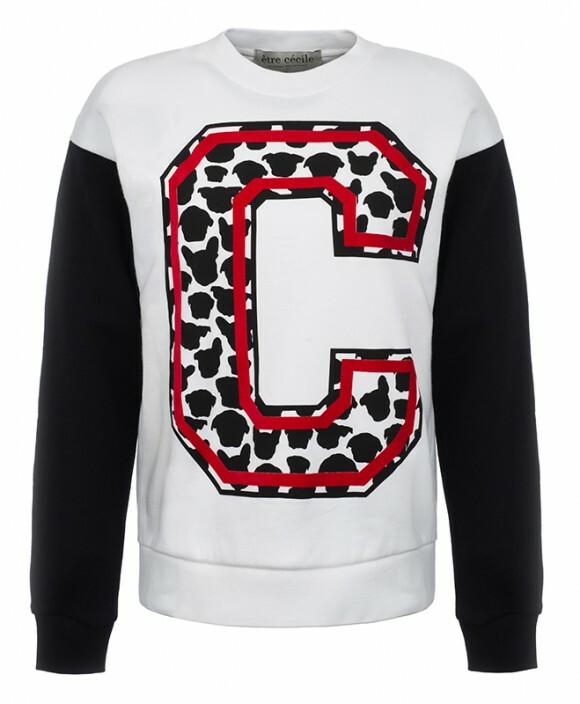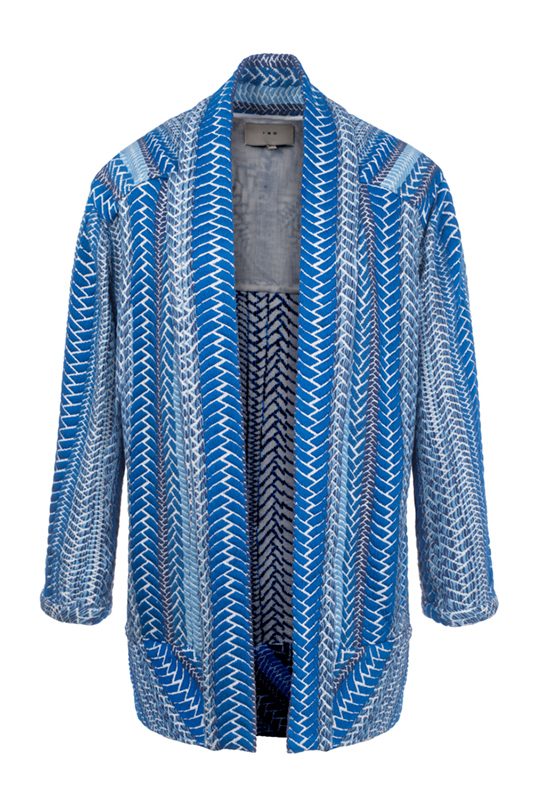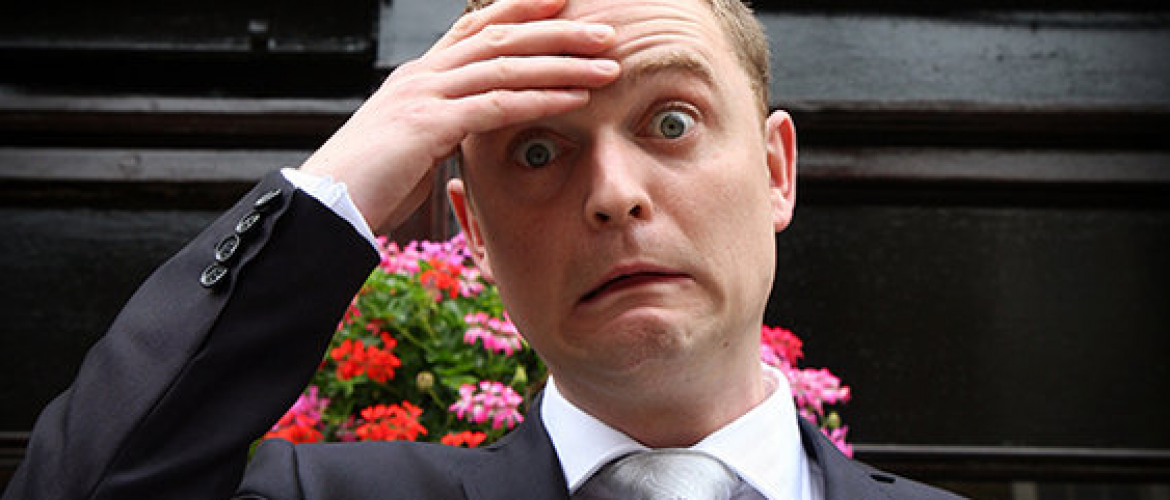
Don’t Stress…. Post Process.
Product photography is about presenting your subject in a flattering, commercially viable, occasionally hyper-real light. Garments need to be the right shape, products need to stand up or float in mid-air without the aid of a grubby set of digits clasping them. Whether you’re shooting 200 dresses on an invisible mannequin or one hero shot of a range of cosmetics, you’ve probably (hopefully!) got another client waiting in the wings, so time-management is key. At Photography Firm, we’re perfectionists (if there’s any typos in this post it’s OBVIOUSLY a keyboard mAlFuNcTiOn!), so we usually try to spend those extra minutes getting things right in-camera, but the truth is sometimes you simply can’t get things looking immaculate without the help of an army of assistants, a system of strings and pulleys and a near-breakdown or two, so you have to decide how best to use your time when shooting and where to draw the divide between achieving your results in-camera and post-processing.
Think practically about the most direct way to achieve your goal. You can spend 45 minutes trying to get the perfect one-shot, running between product and camera and fighting gravity as a client’s handbag sags under its own weight, but all the prodding, padding, carefully concealed tape and frustrated wailing may be no substitute for a wire coat-hanger hook. YES, the shot is not perfect in-camera, but you know you can open it in photoshop and clone out that wire in 60 seconds….and you’ve still got your hair!
When photographing clothing, we always steam the items first and spend a few minutes styling them on the mannequin but if there’s a persistent crease or fold we can’t seem to hide in-camera, we’ll decide whether it makes more sense to continue shooting and then retouch later. Sometimes it’s easier to concentrate on getting one side of a garment perfect in-camera – the hang of the sleeve, the curve of the collar – and then copy and flip that onto the other side in post. It’s easy to get frustrated and lose time when items don’t behave exactly as you want them, but you’ll soon learn what is easier to fix in post than in situ.
Admittedly, this school of thought requires some experience of post-processing, and the more competent you are at that, the better you can judge how best to allot your time, but when you’re working to deadline, be sure you don’t drive yourself into OCD territory, incessantly fiddling with a product if there’s a much quicker and simpler digital fix.
One final tip: USE A TRIPOD. If you retain the same angle of view, focal plane and dimensions between two shots, it’s MUCH easier to comp them together afterwards.

